These non-flowering plants are a common site in Britain's woodlands and forests. They grow throughout the year and thrive in shady environments.
A large number of fern species can be found in the UK, but it is often difficult to tell one from the other. Focusing on particular characteristics, such as leaf shape, size and colour, as well as the fonds, can help you with your identification.
Learn how to identify some of the UK's most common fern species and the best places to plant.
Guide to ferns in the UK
Maidenhair spleenwort
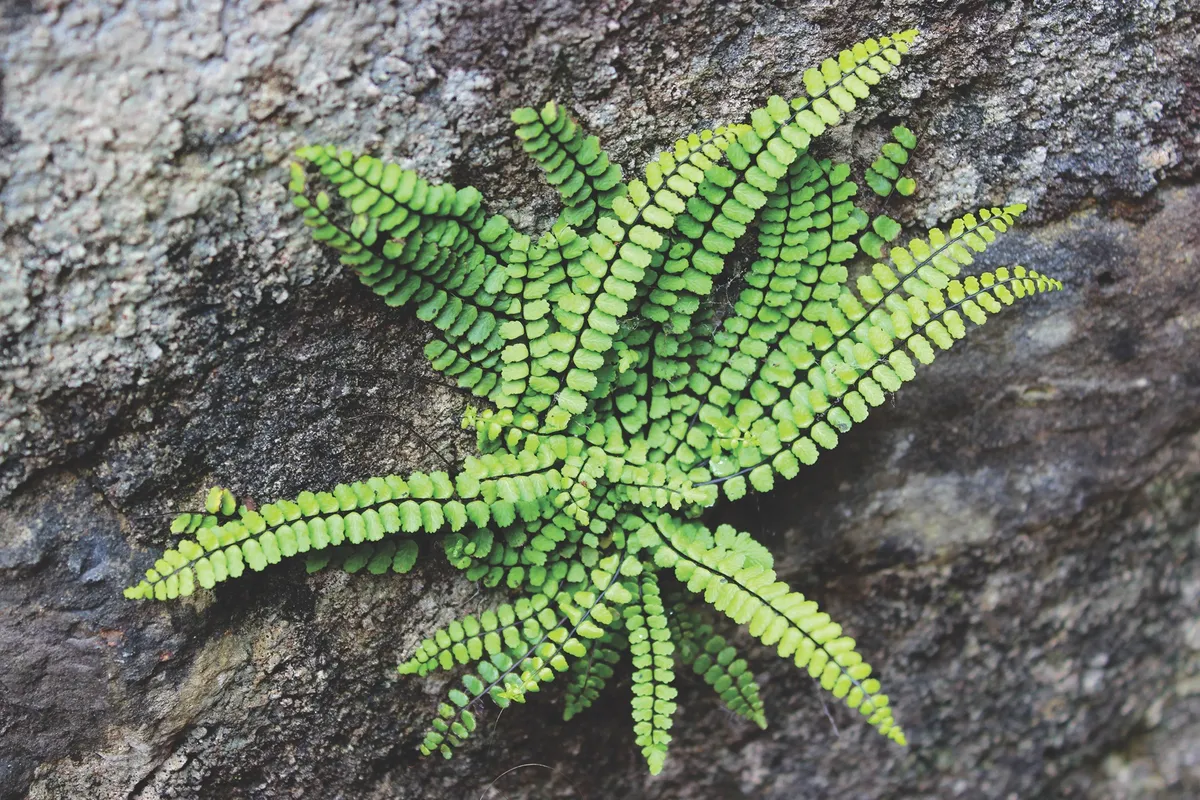
Growing in mortared crevices on shady walls, even in urban areas, this lime-lover has dainty fronds and black stems with up to 40 opposite pairs of leaflets.
Best planted in shady gardens near a wall.
Hart’s tongue
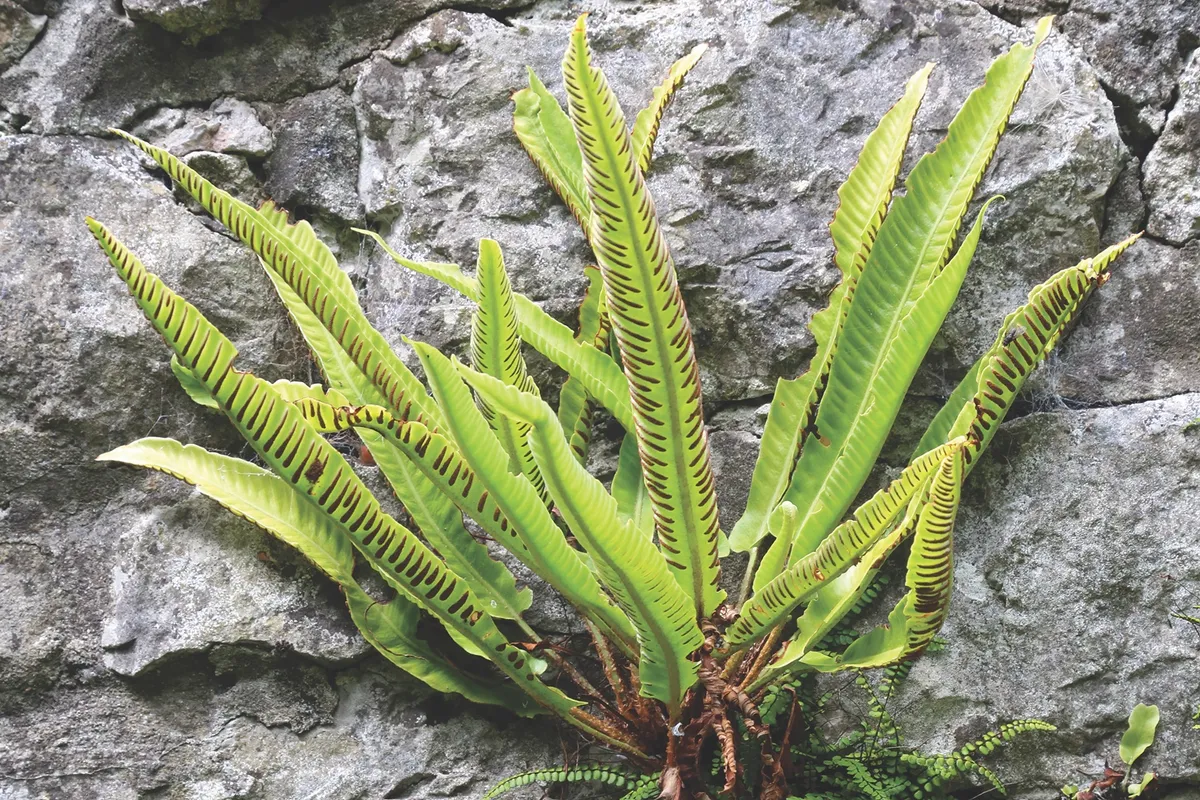
The only British fern with undivided fronds has glossy, tapering, evergreen leaves. Look for spore cases arranged in parallel rows of slits on the underside.
Best planted with access to some shade in a damp area of the garden.
Hard fern
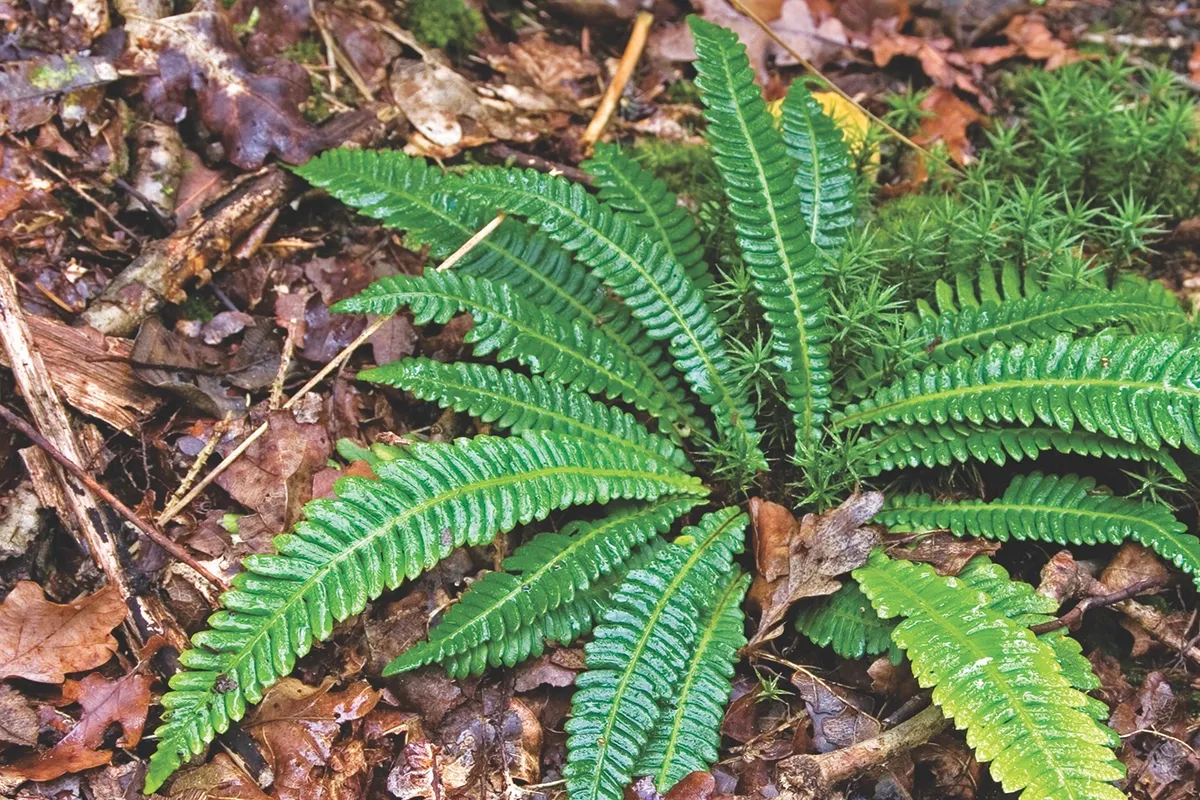
Each plant has two leaf types: outer, comb-shaped fronds are evergreen; inner reproductive fronds have narrow lobes and die in winter. Find it on heaths, moors and conifer woods.
Best planted in a damp, shady area of the garden.
Related articles
Lady fern
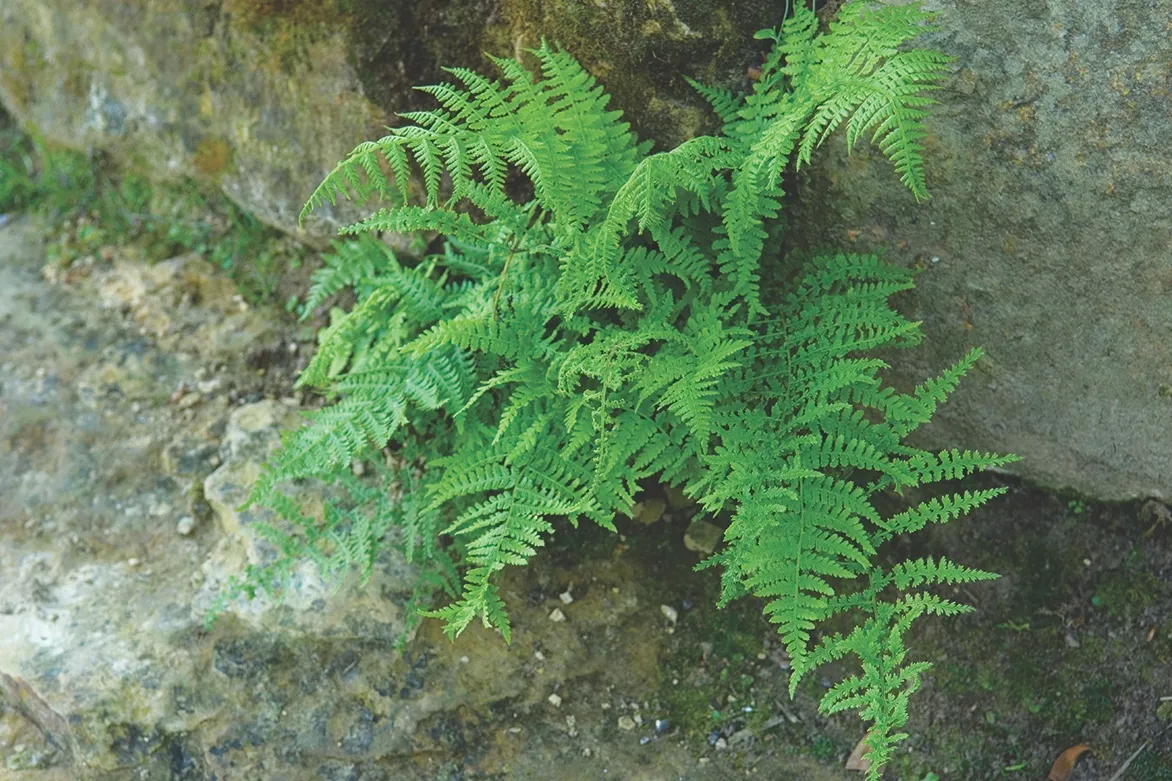
Its graceful, feathery fronds droop at the tip, with lobes divided into smaller toothed lobes. Its lower stalk is grooved and clothed in brown scales. Found in damp, shady woods.
Best planted in a shady and damp area of the garden, near trees.
Royal fern
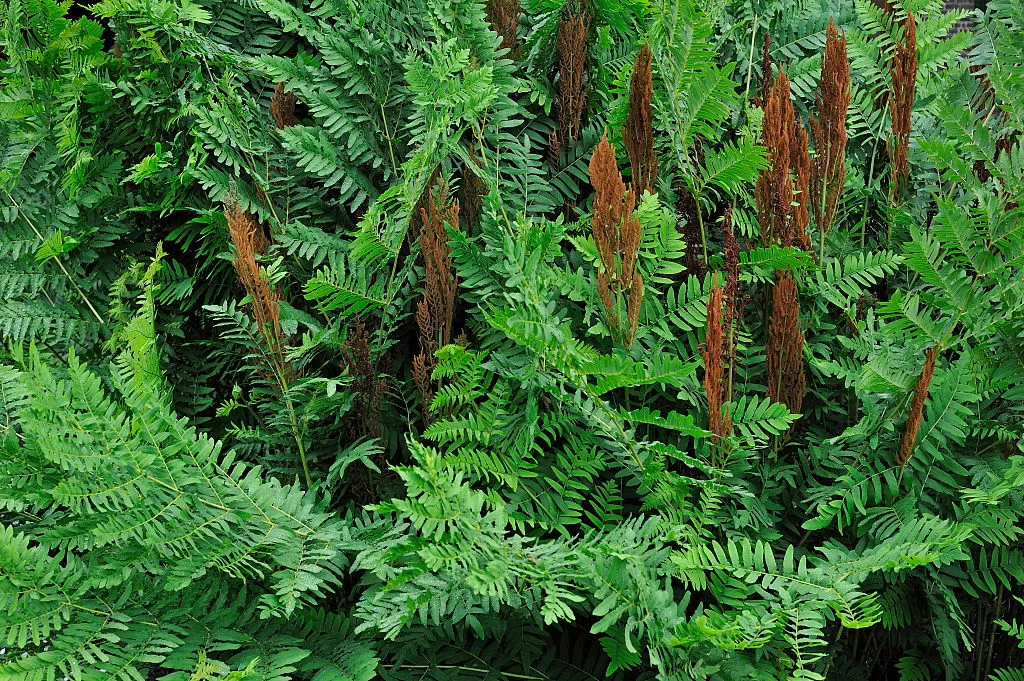
A declining species found in wet places, it has fronds up to six feet long, some with brown spore cases at their tip. Stems have up to nine branches, bearing oblong leaflets.
Best planted in a semi-shady spot with plenty of room to spread.
Bracken
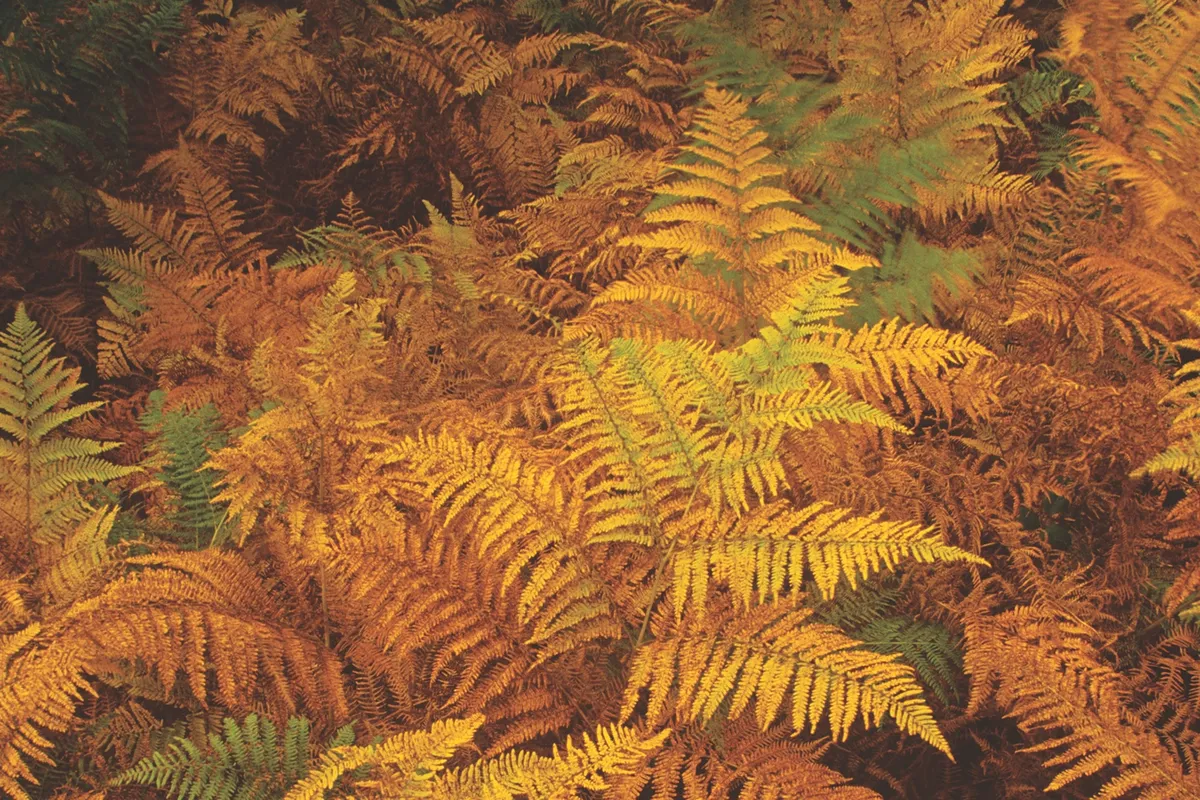
A tall, woodland species, invading moors and low-grade agricultural land. Unfurling new fronds, rising from an underground stem, are initially clothed in soft brown hairs.
Male fern
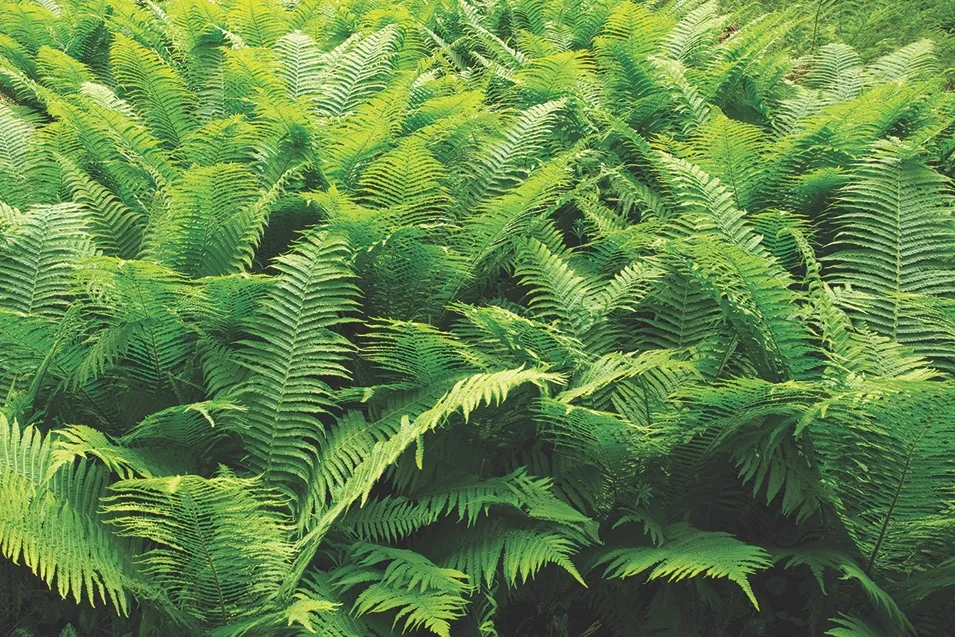
Common in woodlands, this has up to 30 main lobes, with the longest in the middle of the frond, divided into toothed smaller lobes. Spore cases have a kidney-shaped cover.
Polypody fern
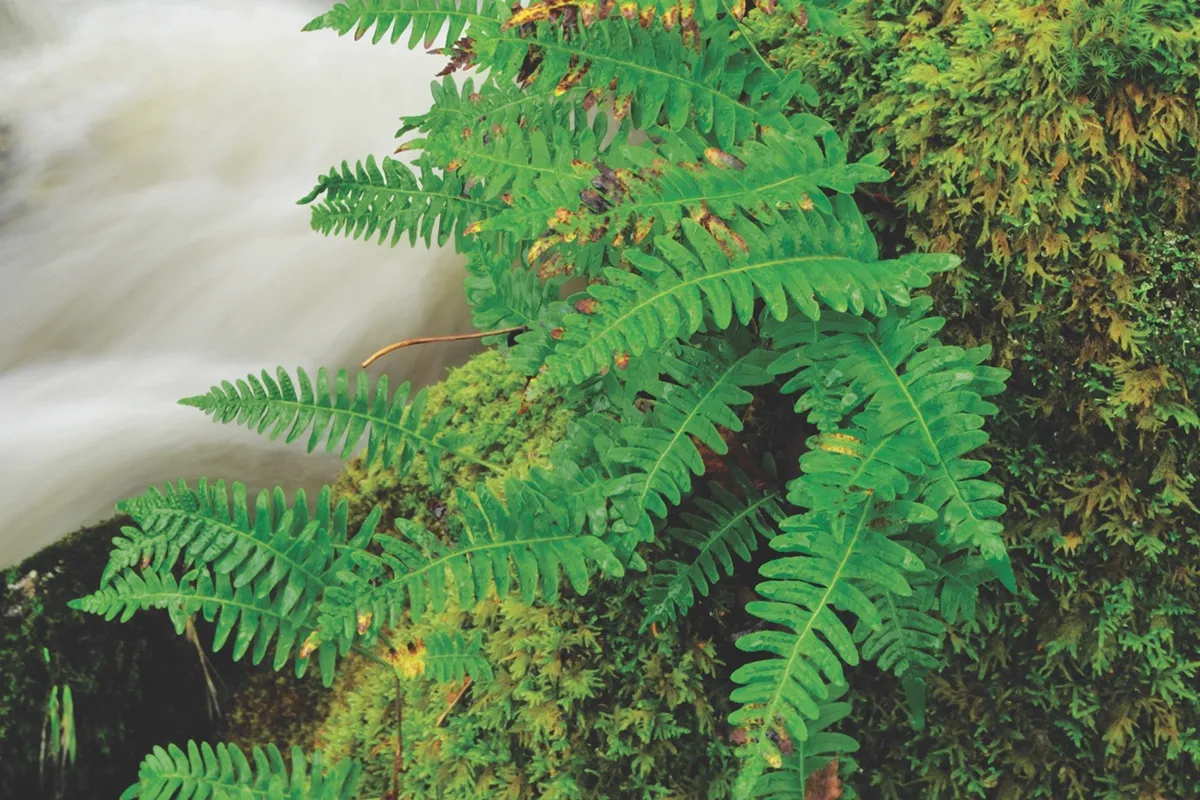
Evergreen flat fronds have clusters of golden spore cases under the lobes. Its creeping stems thread through dry-stone walls, rocky hedge banks and under mosses.
Parsley fern
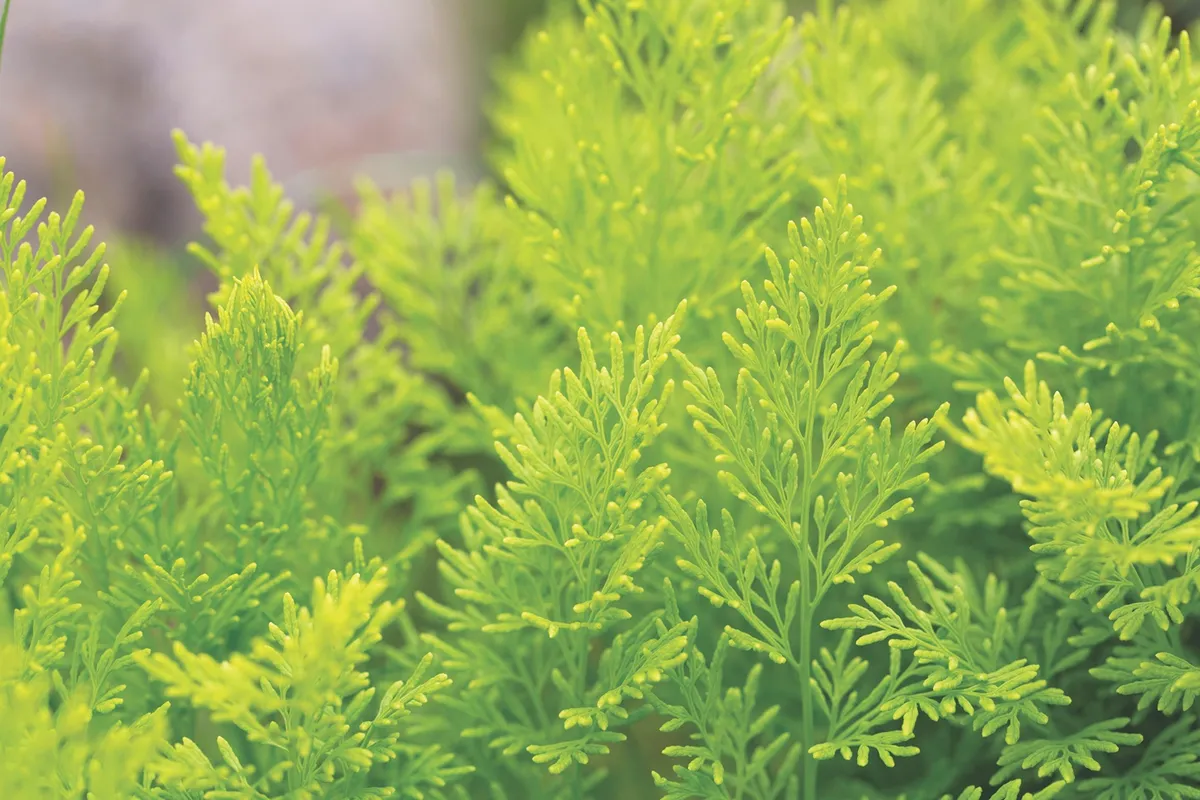
Fronds have wedge-shaped leaflets, resembling parsley, growing in bunches from tips of creeping stems. Find on rocky screes, mountains and walls in Wales and the Lakes.

